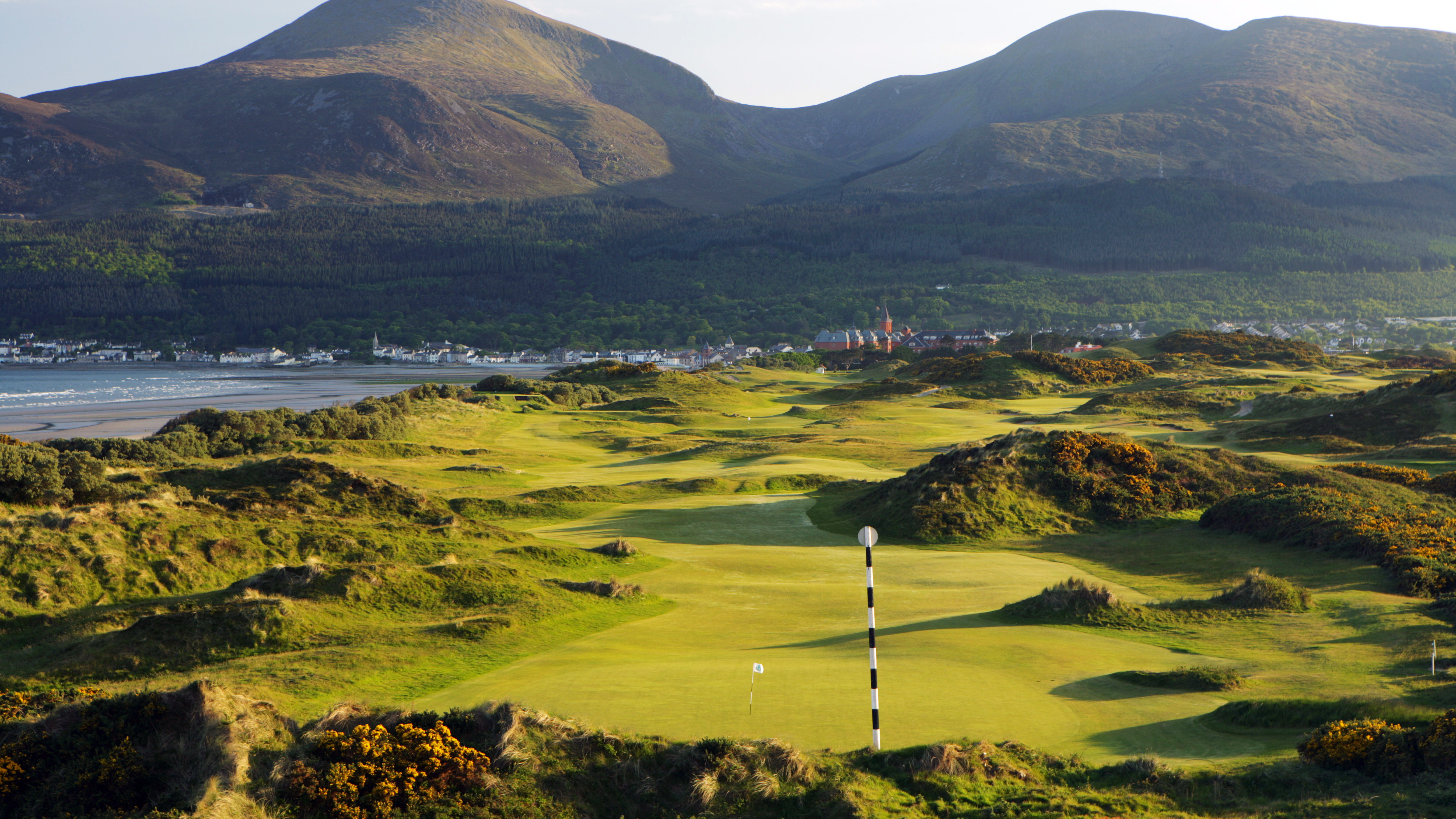
At its very beginning in Scotland, or the Netherlands, or wherever you most like to believe it began, golf was played over links courses - the rumpled, sandy, and otherwise less valuable land that was said effectively to link more arable and fertile farmland with the sea. As the sport took time to take over the world, many of its most famous and indeed greatest links are where the game began, in the UK & Ireland.
Now, though, there are also plenty of fine examples all over the world, from way up in northern Europe as far as the base of the southern hemisphere. Not only that, but we have modern variations on the traditional theme - courses which take the values and design principles of our earliest links courses but add a modern twist and flair.
Royal Aberdeen - Scotland
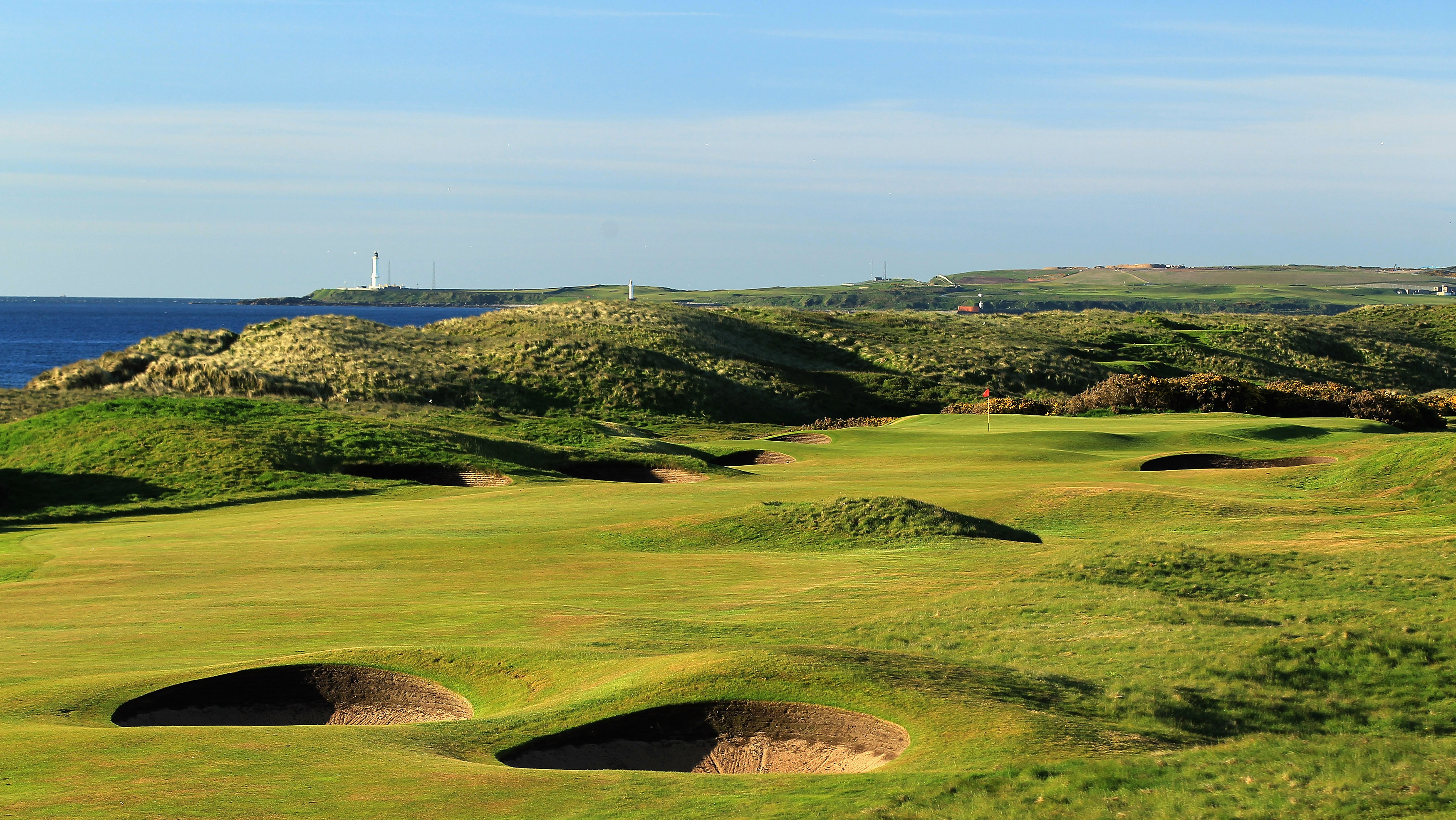
This brilliant and wholly traditional links was the venue for the 2014 Scottish Open won by Justin Rose. The Society of Golfers at Aberdeen was founded in 1780 and granted royal status in 1903. It is the sixth oldest club in the world and it relocated to play over the glorious Balgownie links in 1888. Although it was modified a little in its formative years by a succession of the leading architects of the day, it remains a true, old-fashioned and timeless out-and-back links. The back nine is on more elevated ground with blind shots, hidden troughs and tricky greens. In the wind, it is exceptionally tough, but it is always an absolute treat to play.
Te Arai - New Zealand
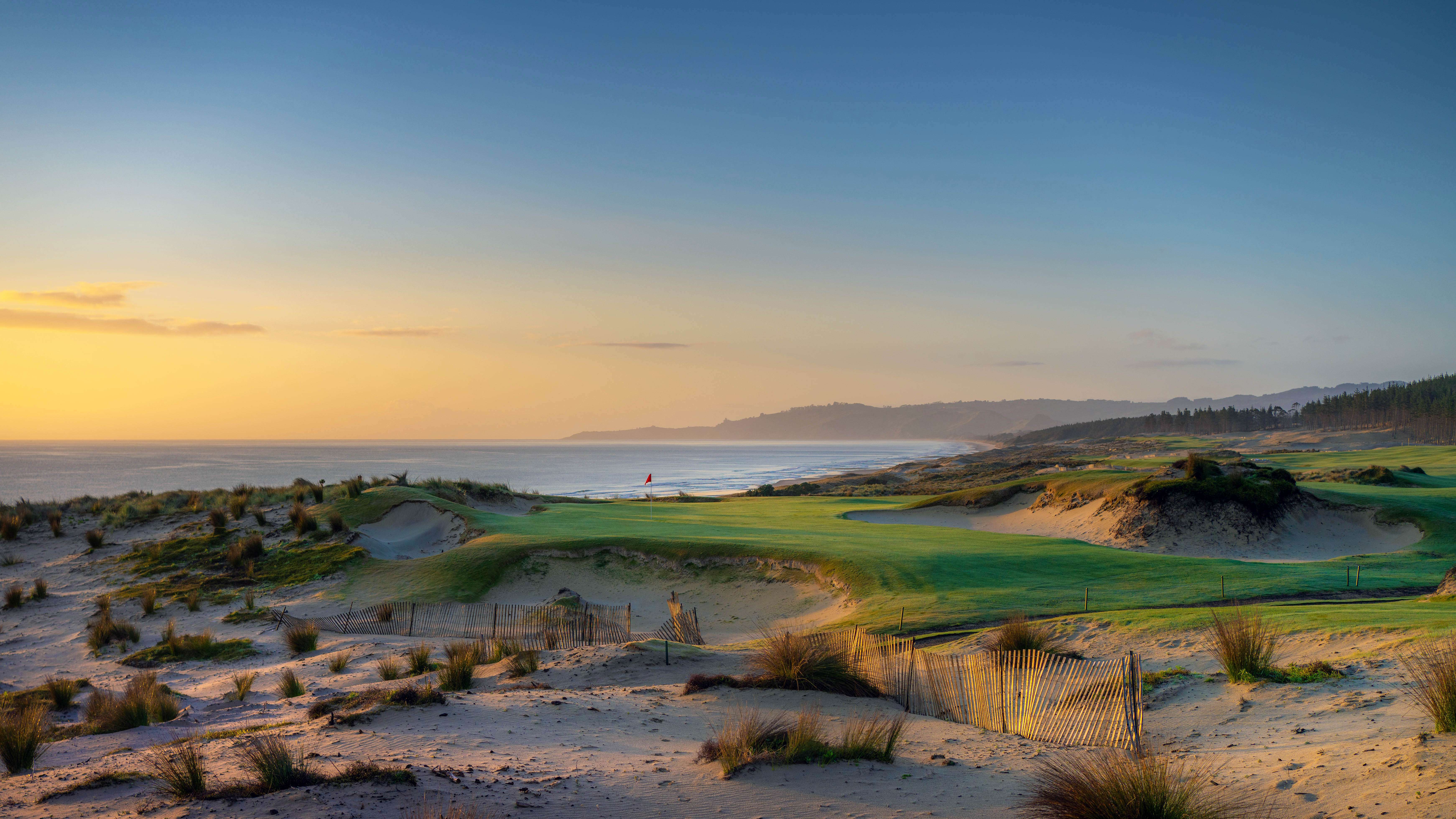
At Te Arai on the north-eastern shores of New Zealand’s North Island, you get not one but two brand new and very exciting links from which to choose. Opening in 2022, the South Course is a Bill Coore and Ben Crenshaw creation with the closing four holes on each nine bordering the beach. Newer still, the North Course is a Tom Doak design that is perhaps a little tighter, and combines holes by the oceanside with a couple of forays into the forest. Each is spectacular, and each is a very welcome addition to the nation’s ever-expanding arena of top-quality golf.
Le Touquet (La Mer) - France

Le Touquet was already popular with holidaymakers before it was decided to create the first course here, La Forêt. Edward VIII was a frequent golfer, and as demand grew, the great Harry Colt was engaged to design the beautiful La Mer course. This is very different from La Forêt with the trees rarely coming into play but instead serving to separate the holes. The landscape is gently rumpled and easy walking, but there are sufficient changes in elevation to test club selection and create lovely views all the way.
Bandon Dunes (Sheep Ranch) - USA
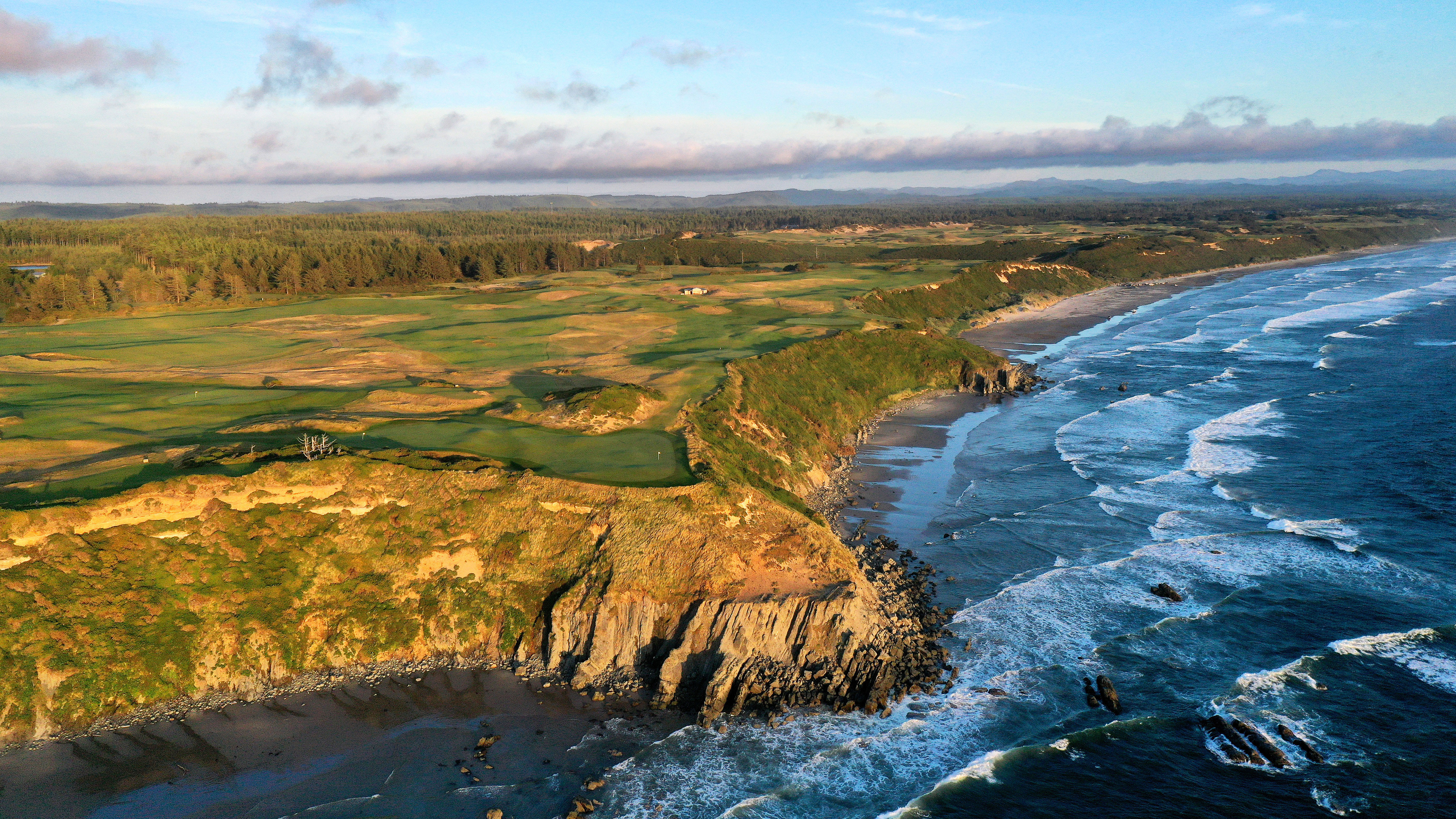
As the newest addition to the bonanza of golf on offer at Bandon Dunes, the remodelled Sheep Ranch opened in its current incarnation in 2020. It boasts a mile of stunning ocean frontage overlooking the intoxicatingly named Whiskey Run Beach, and runs over land that was previously a private, fledgling 13-hole design. This was then fully renovated by the renowned Coore and Crenshaw team. There are no fewer than nine green sites perched right on the edge, and while it’s not the longest course in the world, it’s surely one of the most scenic and entertaining. Unusually, rather than sand bunkers, there are grassy hollows that have a wonderfully natural look and feel.
Moonah Links (Open) - Australia
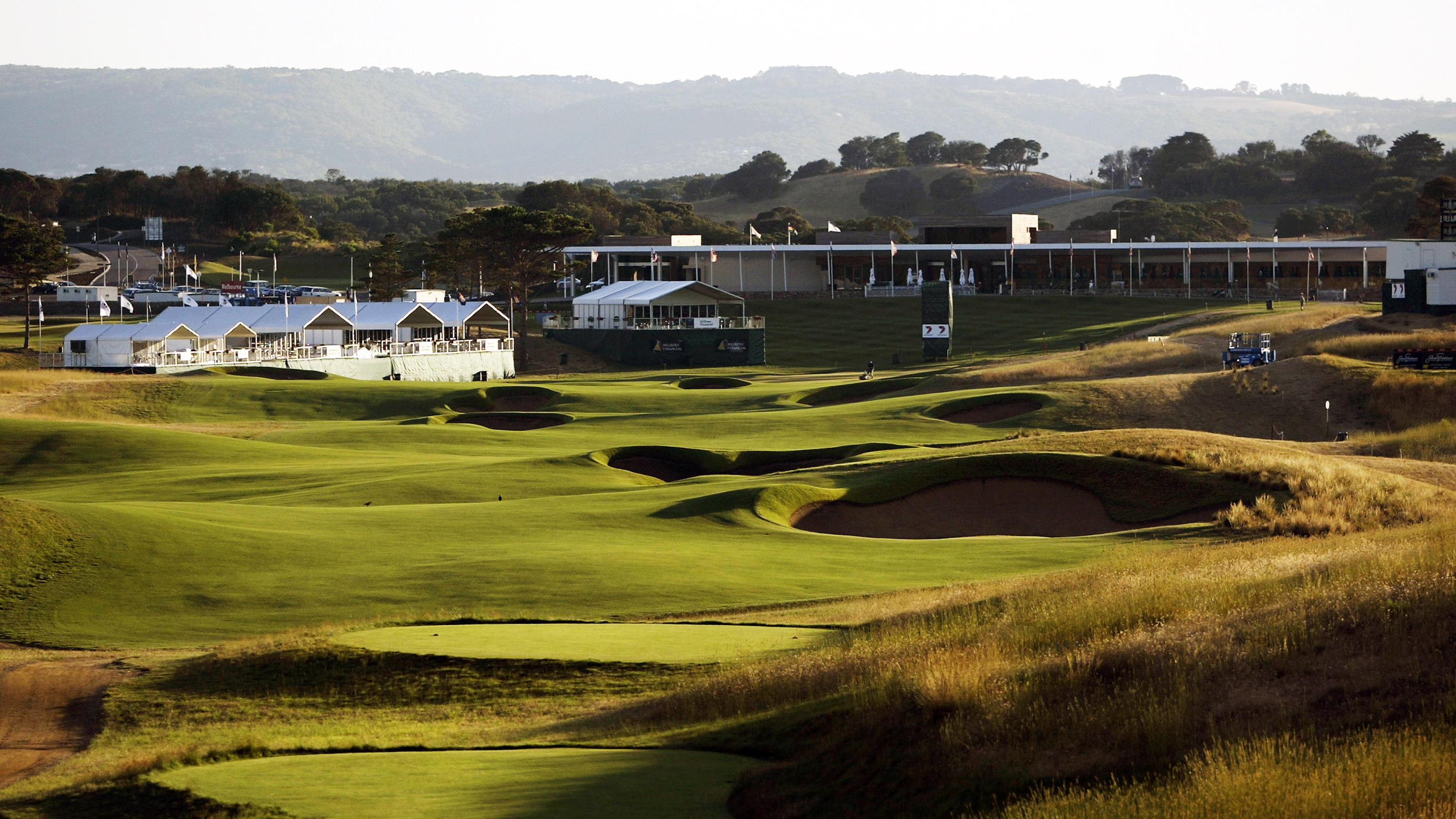
Australia is home to some very well established links of the highest quality, but there are also some more recent additions fully deserving of attention. Moonah Links is an hour from Melbourne and has two strong links, the Legends and the Open. Each was designed by Peter Thomson, with the latter, as the name suggests, targeted at hosting the national championship. This it did, in 2003 and 2005, with Peter Lonard and Robert Allenby victorious. The closing hole (pictured) is a monster par 5 with no fewer than eleven bunkers to avoid.
Royal St George's - England
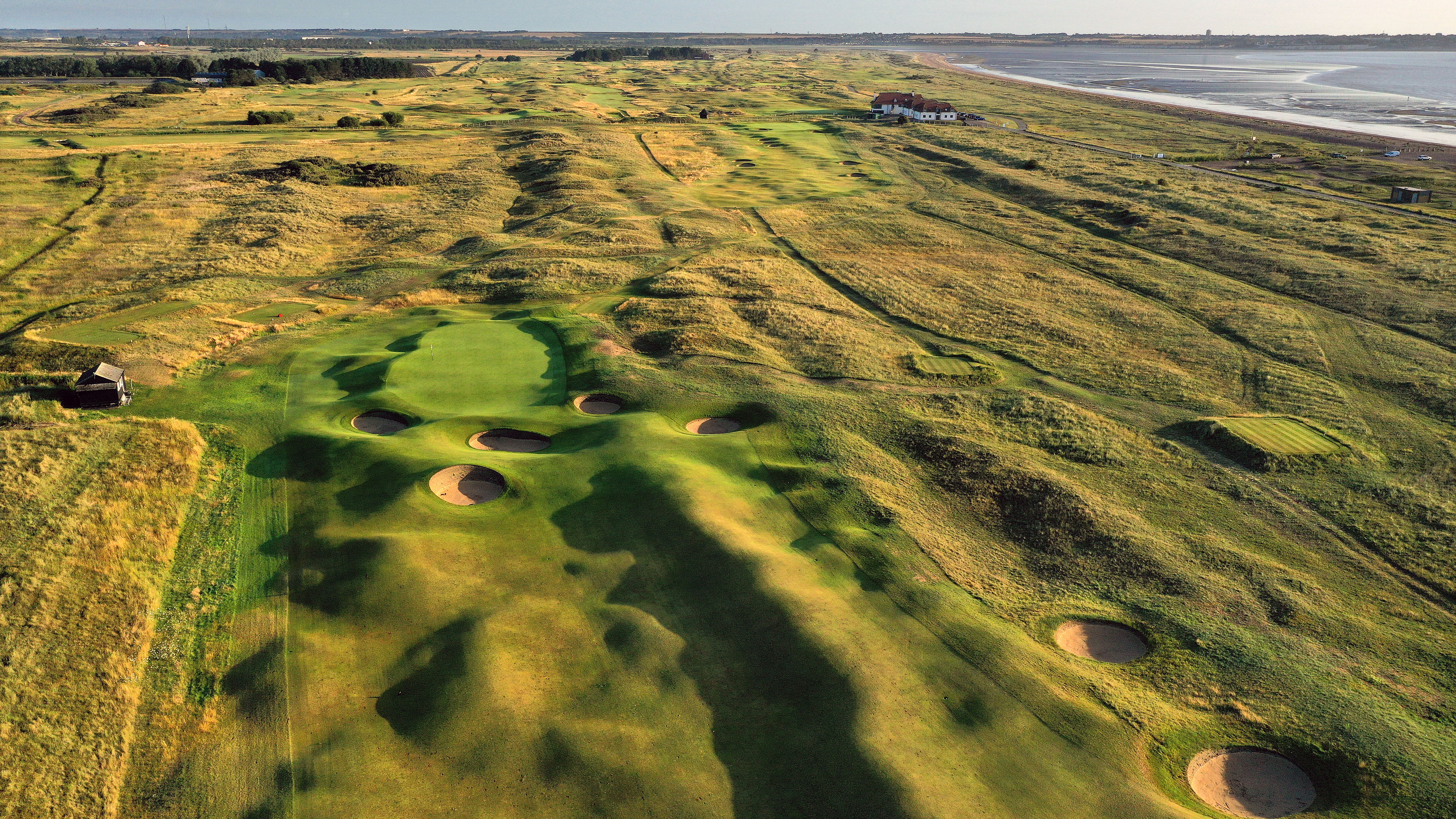
Rather than featuring individual stand-out holes, this classic Open Championship links is unrelentingly strong from start to finish. Every shot poses its own questions, with the course running over a vast expanse of unspoiled seaside land. Each hole is separate from the others despite the lack of trees, and it would be very hard to pick individual holes as more worthy than others. Ultimately, this is a course of strength in depth and uniformity, with eighteen new and uncompromising challenges.
Praia del Rey - Portugal
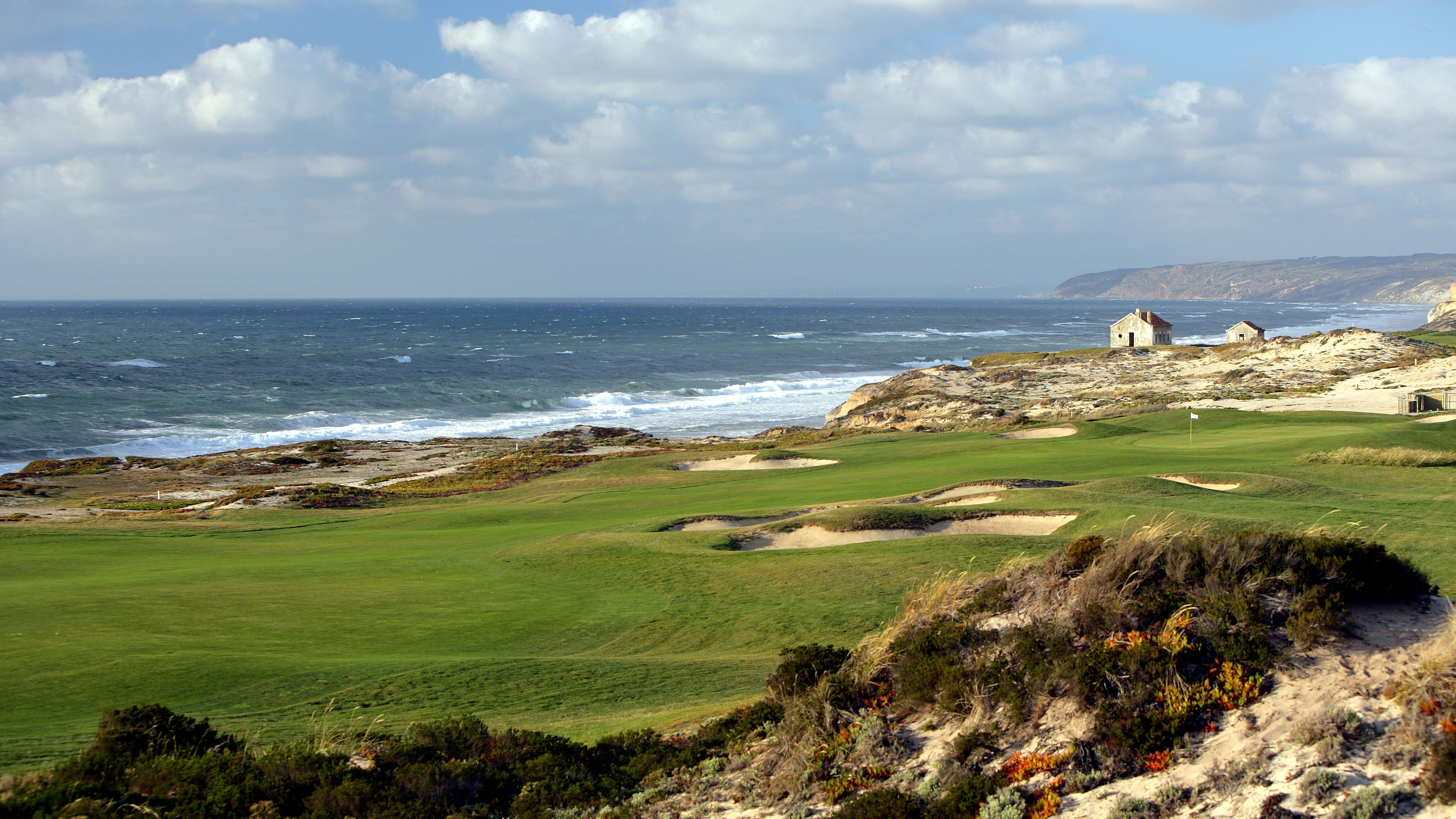
While this is perhaps more of a links and parkland hybrid, the seaside holes are particularly strong on this very attractive Cabell Robinson design. Some of the holes work their way up and down among majestic pines, while others run through the dunes by the wild Atlantic Sea. Robinson was a student of the great Robert Trent Jones Senior and his influence can clearly be seen in the dramatic design that challenges and excites in equal measure. The most exciting stretch is probably the holes from the twelfth to the fifteenth which is where the course is at its wildest and most exposed.
The European Club - Ireland
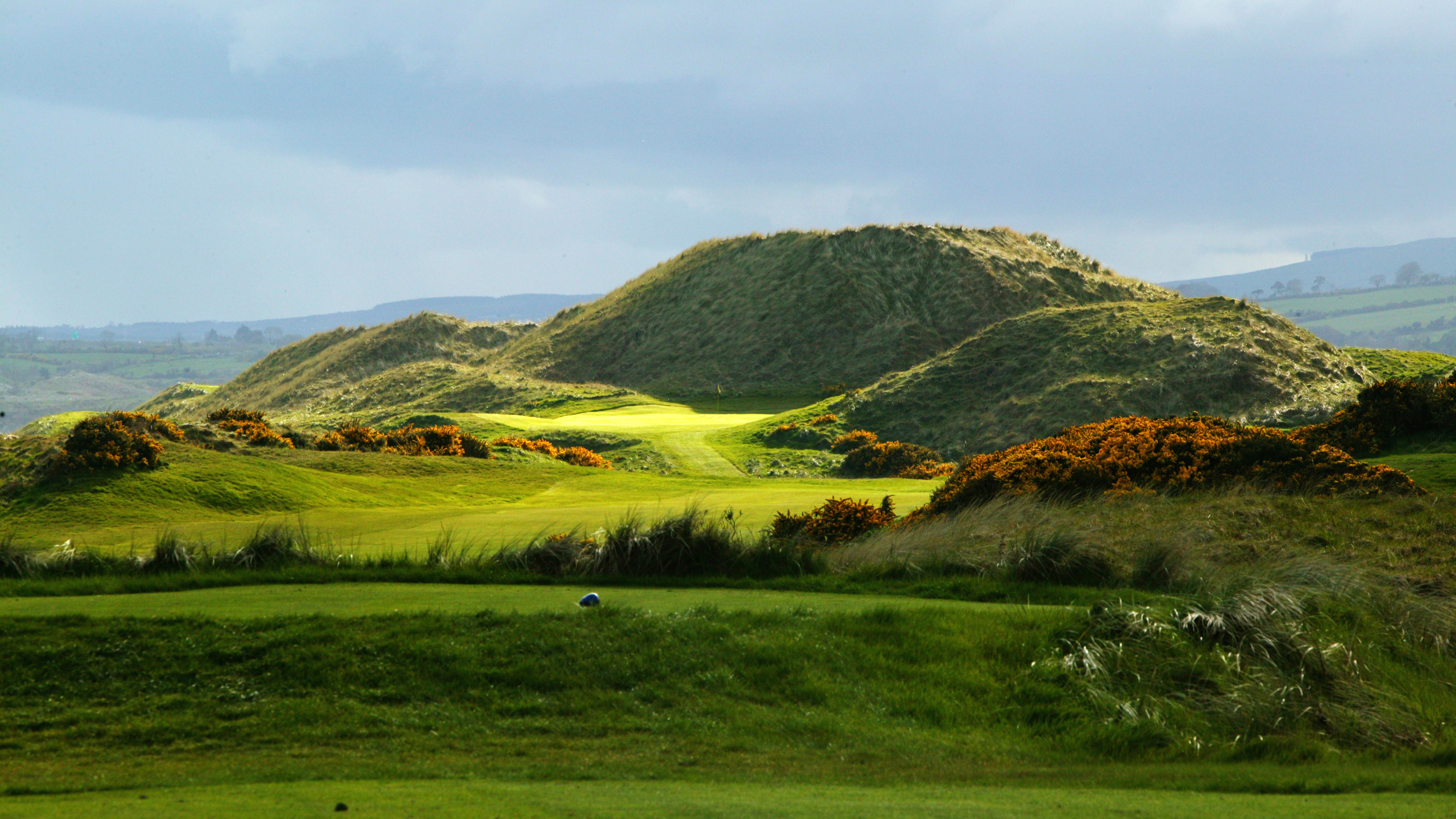
For many years, Pat Ruddy has been one of the most influential figures in the world of Irish golf course architecture. His designs include some of the very best layouts including the Glashedy Links at Ballyliffin and Druid’s Glen. The European Club is in some ways even more special; it is Ruddy’s baby, his very own club and course which opened for play in 1993. An hour or so to the south of Dublin, this exceptional links is brimming with character and even eccentricity - there are 20 holes, and the green on the twelfth is a putter-shattering 127 yards long. Tiger Woods holds the course record and Rory McIlroy won the Irish Amateur here.
Falsterbo - Sweden

Head as far south and as far west as you can in Sweden and the very last land that you come to is home to this genuine, old-fashioned links. This is the third oldest club in the country, and despite some re-working on the greens over the years, it is still essentially the same Gunnar Bauer design from 1930. Bordered on three sides by the sea, it is the last stop for many migratory geese and waders and is a perfect course for bird-lovers. However, it is the golf itself which is the biggest draw, and the many bunkers and lakes as well as exposure to the wind will provide the greatest threats to scoring well. The finish is particularly enjoyable with three par 5s in the last six holes and each of the final four holes running along the Baltic Sea.
Royal Lytham & St Annes - England
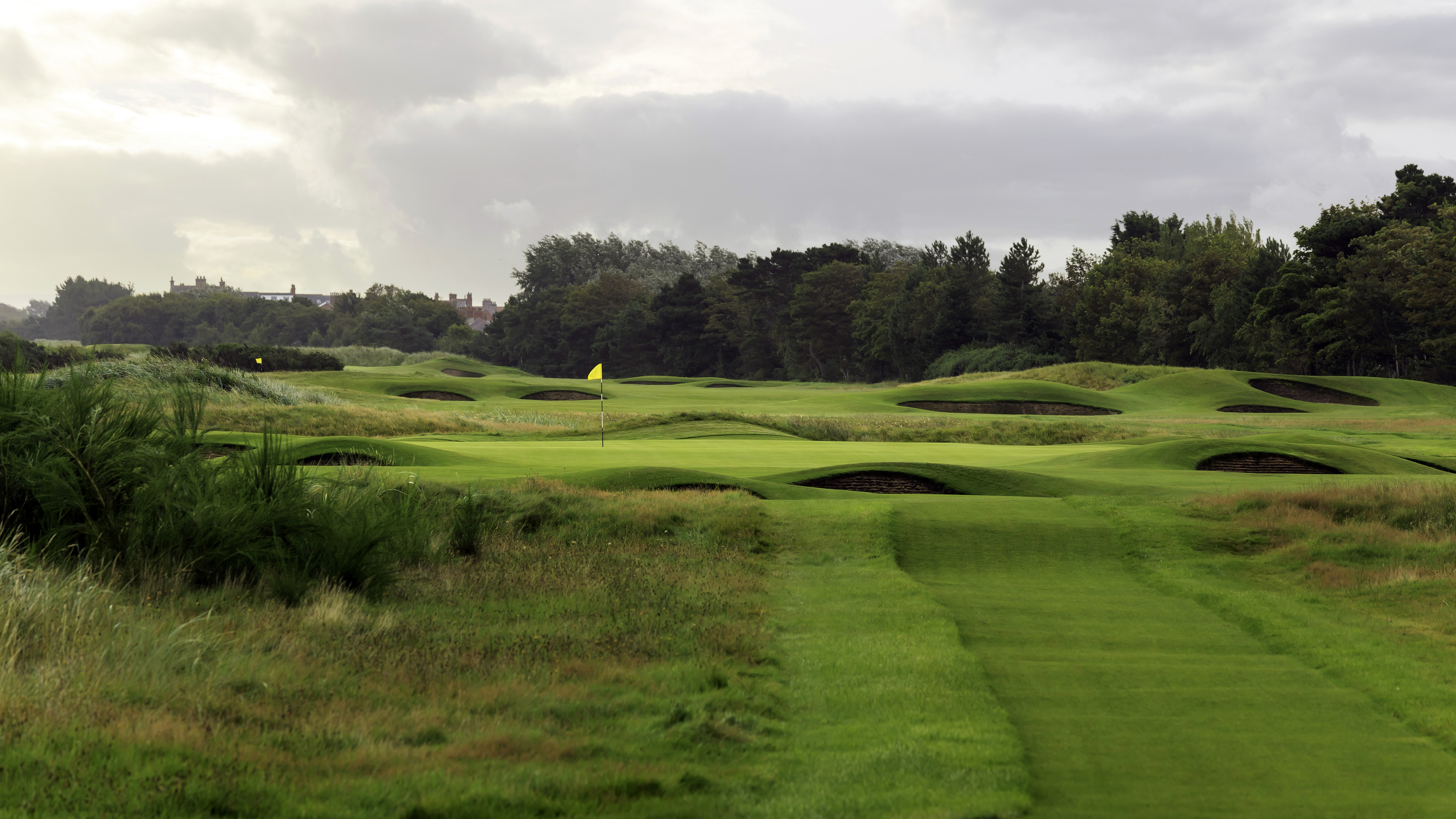
Unusually for one of our most demanding links tests, the suburban setting here completely separates the course from the coast. This is perhaps most in evidence at the far end where the picturesque short ninth is surrounded by a pearl necklace of deep and beautifully revetted bunkers that spread out symmetrically on either side. Despite its slightly more enclosed nature with the railway bordering several holes, it’s still a classic links as well as a very testing golf course that has hosted the Open 11 times. Royal Lytham & St Annes is quite simply one of the most subtle and strategic links in the UK & Ireland.
Hoiana Shores - Vietnam

Robert Trent Jones Junior is known for his bold, dramatic and extremely photogenic designs, and his superb new creation just to the south of Da Nang is no exception. Achieving the accolade of ‘World’s Best New Golf Course 2020’ from the World Gold Awards, it is linksy in nature with the holes running over a vast expanse of dunes. The fairways are subtly undulating, and the bunkering is sublime, at times bleeding into the dunes lending to a feeling of the course and nature being at one. There are fine views out over the sea and to the Cham Islands, and the off-course facilities are all first-class.
Royal Porthcawl - Wales
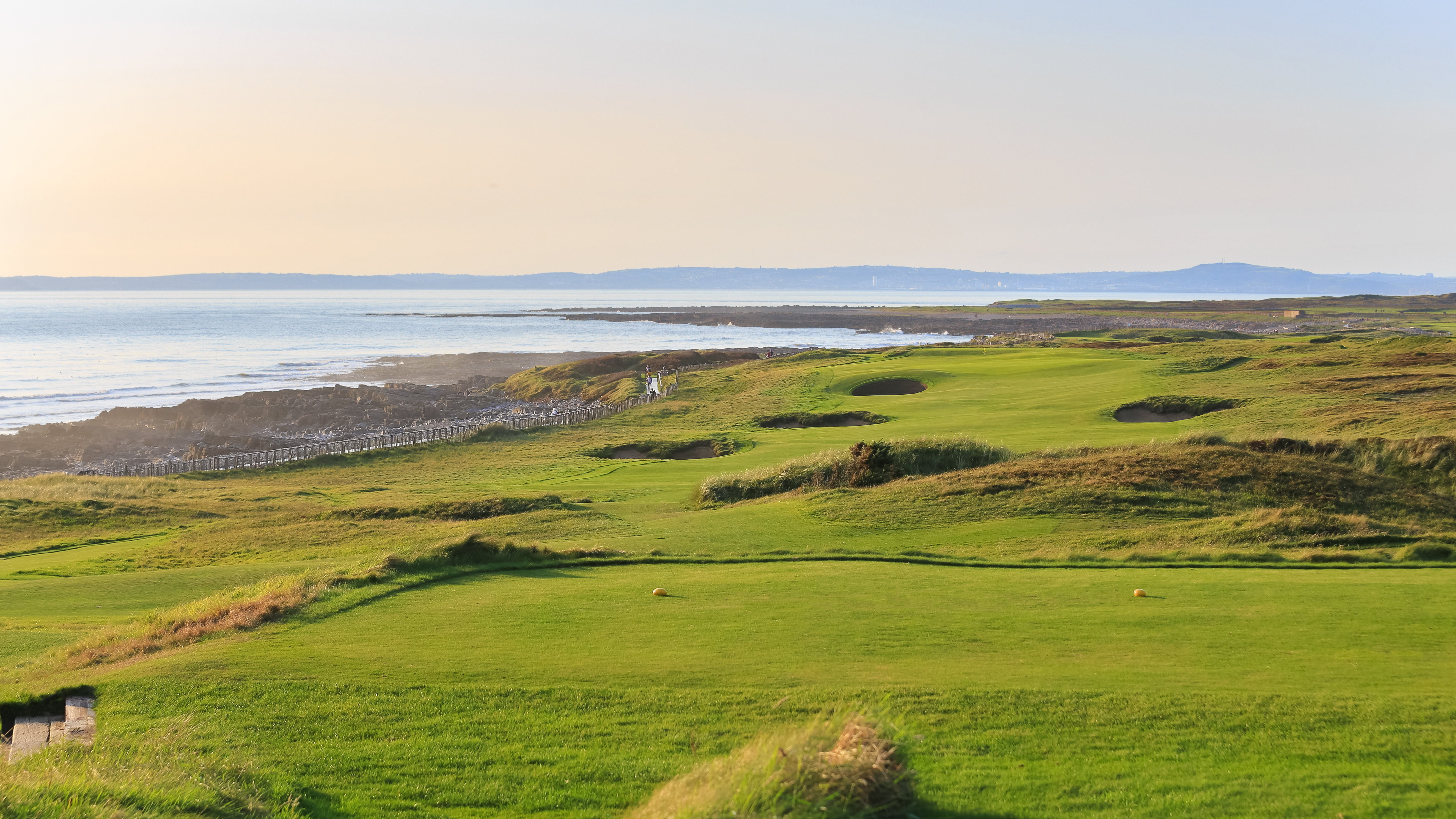
Subject of substantial gorse clearance and general tidying, this fabulous course has also benefited from the opening up of wasteland/scrape areas, all of which is very impressive. Grass pathways have made for a more aesthetically pleasing and foot-friendly experience, and this is an expansive course with great pedigree. It features on world lists, has hosted top-level championships, and has inspirational sea views all the way. A round here, so long as the wind is not being too playful, is one that you simply won’t want to end. It is very easy to see why this is simply the best course in Wales.
Chambers Bay - USA
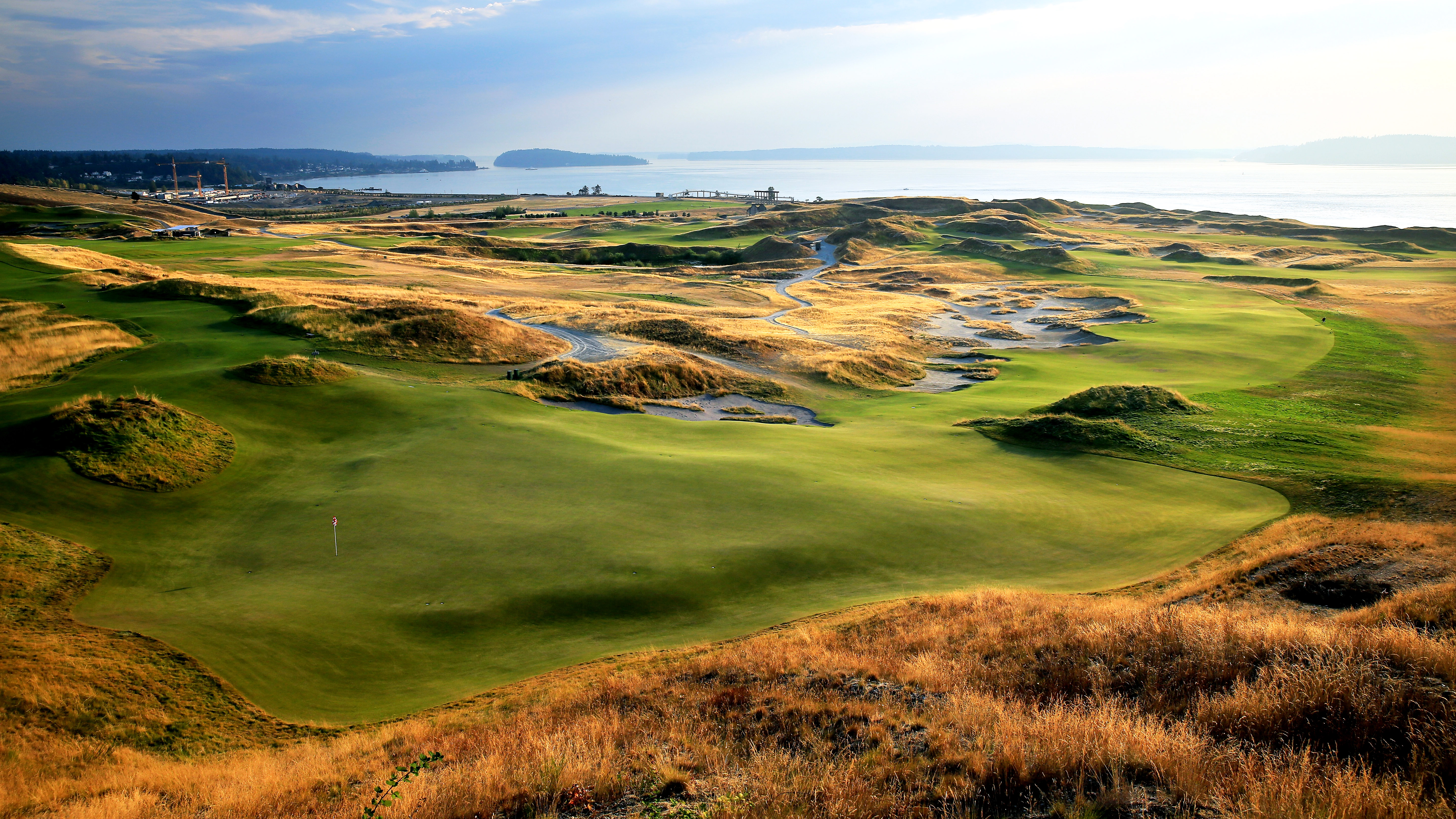
Robert Trent Jones Junior was tasked with the tricky feat of creating a course that would be enjoyable for all golfers but also capable of hosting a Major championship. This he achieved as it opened for play in 2007 and was awarded the US Open in 2015, won by Jordan Spieth. It is built on the site of a former sand and gravel mine adjacent to Puget Sound, and was designed and constructed with traditional links in mind although it looks rather different. Chambers Bay is a continuously turfed, walking-only venue, so there are no cart paths to spoil its good looks.
Kennemer - Netherlands

Kennemer has hosted a number of Dutch Opens and is a classic links despite the absence of sea views. It is the oldest such course in the country and was designed by Harry Colt with a third nine that is also excellent and was the final creation of architect Frank Pennink. Each loop is as impressive as it is enjoyable. From the excellent opening dog-leg left around trees on the Van Hengel loop to the superb uphill closing hole on the Pennink nine, it would be impossible not to enjoy your golf. The springy turf, the contoured and attractive bunkering, the easy walking and the true and pacey greens make this a must-play.
Royal Liverpool - England
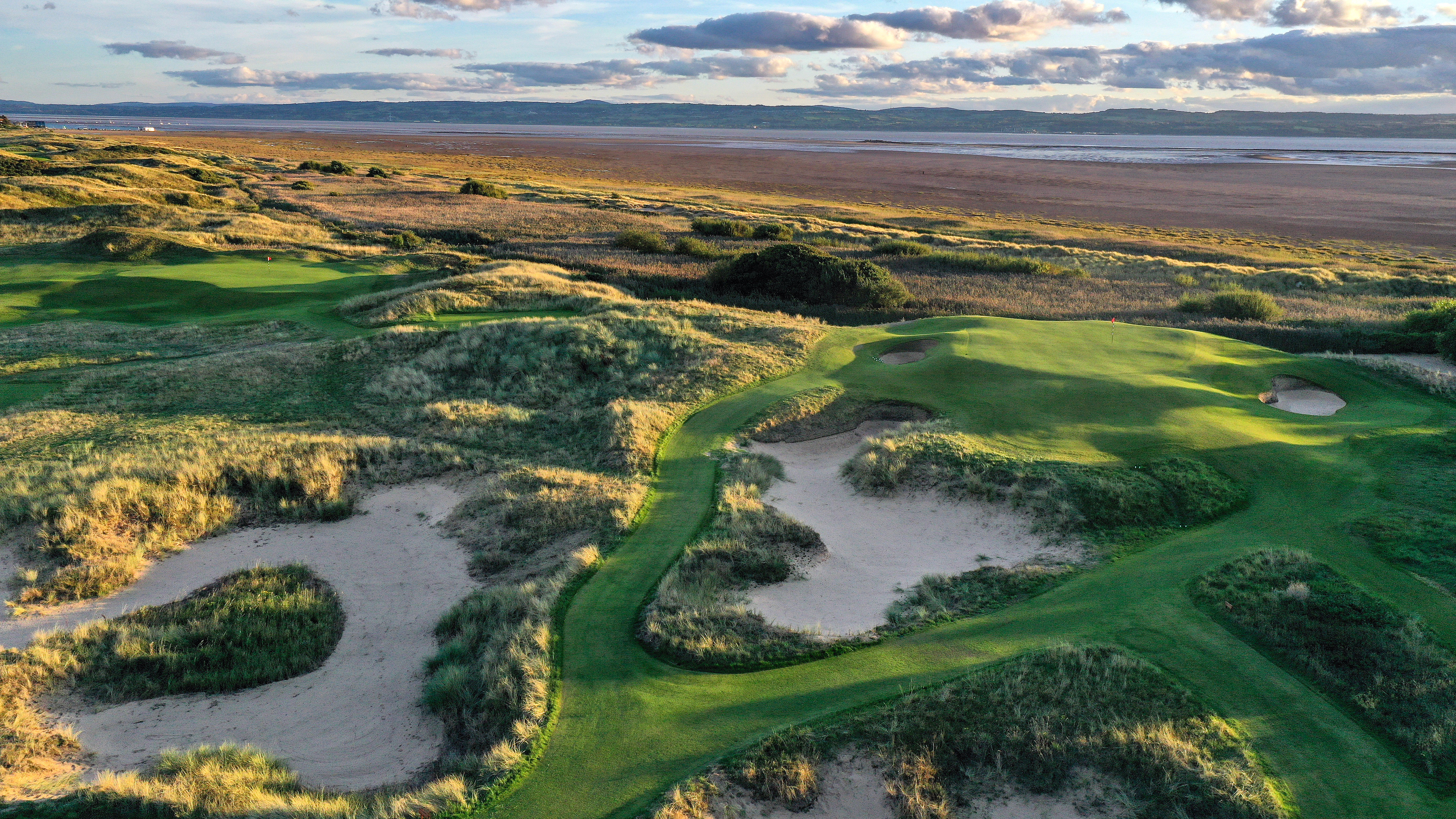
Host of the 2023 Open Championship, its thirteenth, Royal Liverpool Golf Club is home to one of the best links courses in the UK. In preparation, the club engaged Martin Ebert for some changes, the most substantial of which was the creation of a new par 3; the fifteenth hole, but played as the seventeenth in The Open. This championship heavyweight is not heavily bunkered, but its subtleties and the almost ever-present sea winds can test the world’s best at the same time as being very playable for club golfers.
Bandon Dunes (Pacific Dunes) - USA
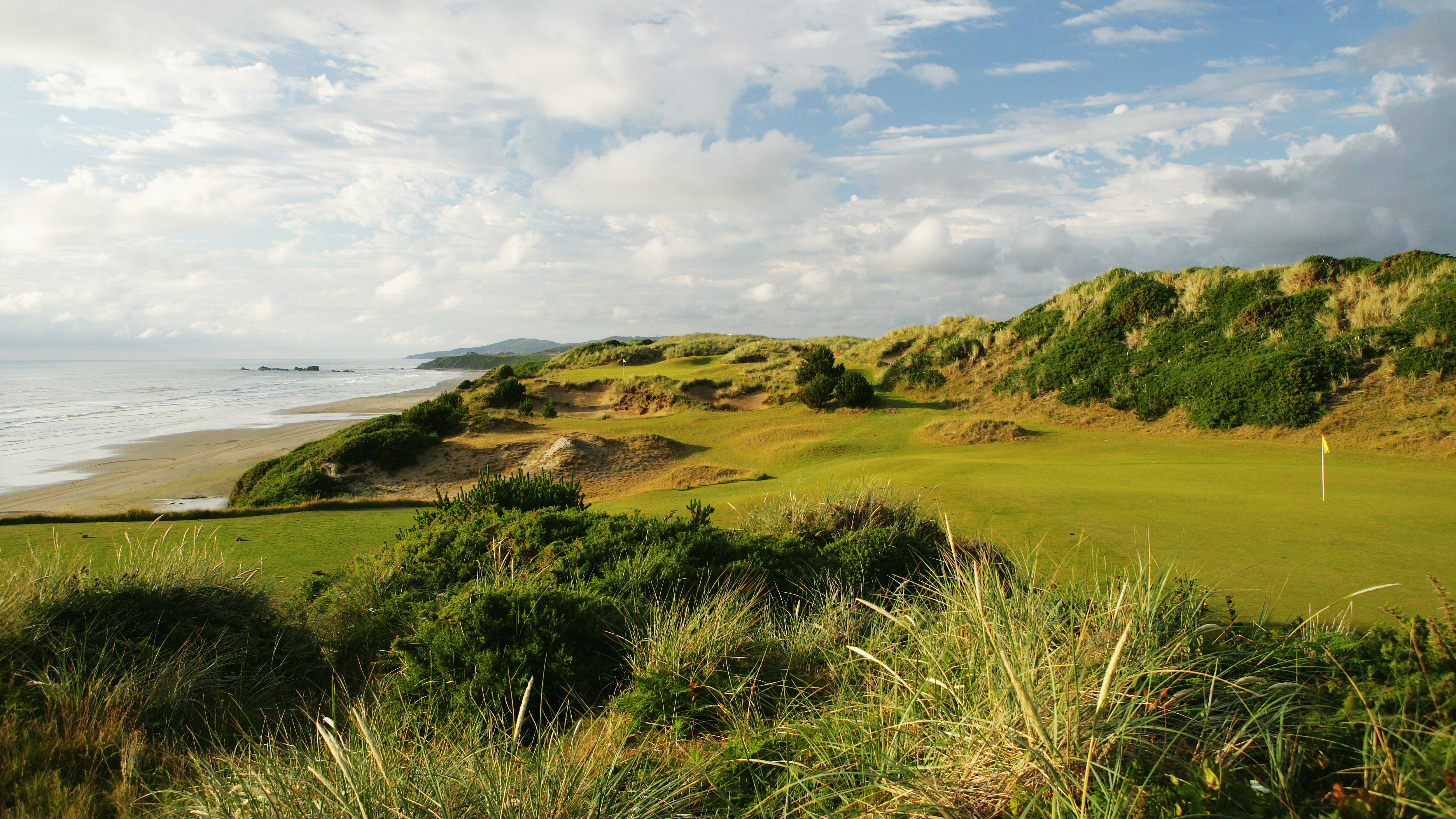
One of golf’s greatest contemporary course architects is American Tom Doak. He is behind a good number of the most recent trophy courses, one of which is this modern links that opened in 2001. It is a gently undulating masterpiece that somehow looks as though it has been here forever, and while opinion differs as to which of the various Bandon Dunes courses is best, they all have plenty of drama, scenery and top-quality golf. The Oregon coastline somehow seems to be ideal for links golf, and Pacific Dunes is a complete joy.
Trump Turnberry Resort (Ailsa) - Scotland
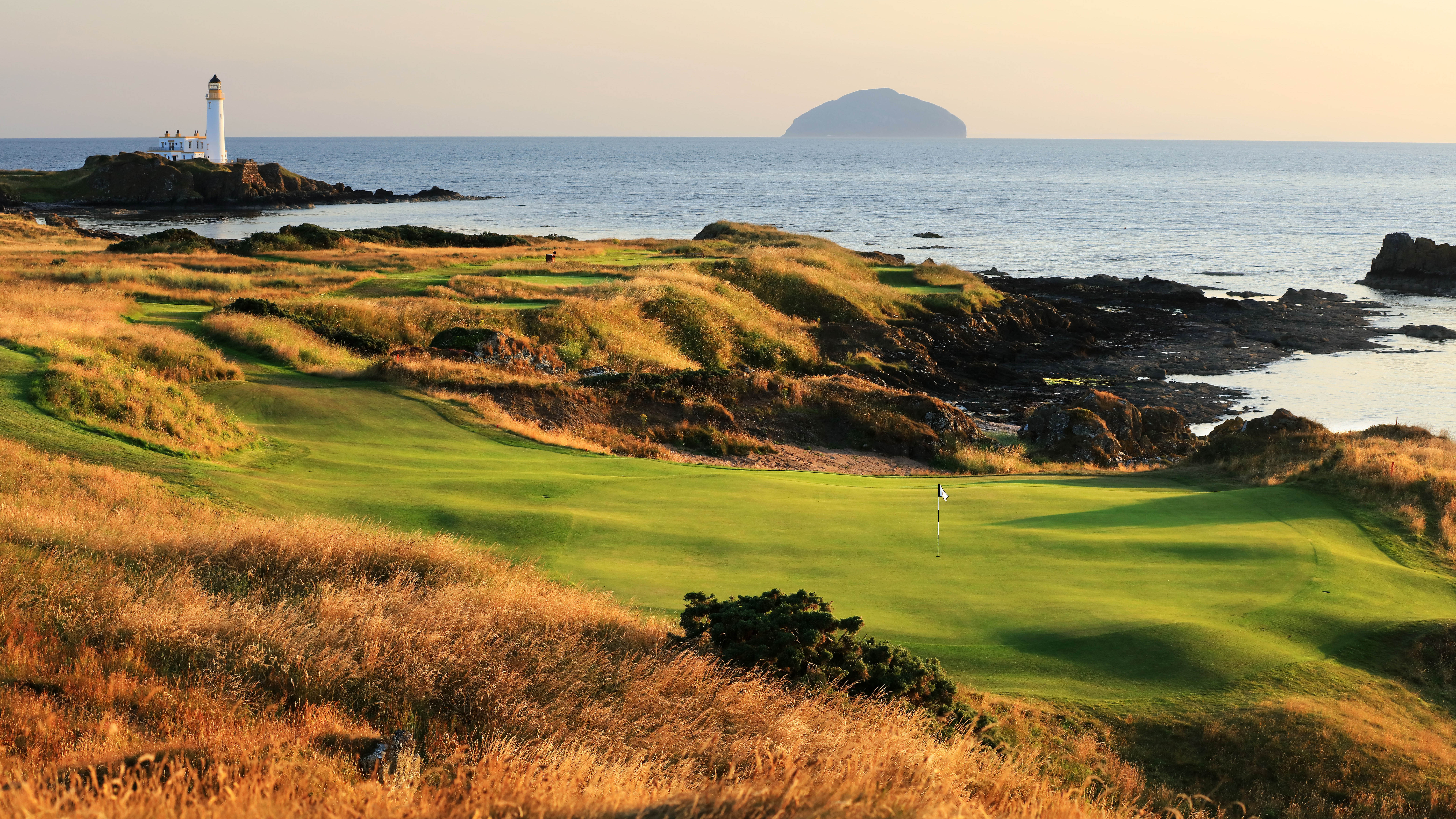
The Ailsa Course at Turnberry is consistently close to or at the very top of the best golf courses in the UK&I, and has hosted four Open Championships (1977, 1986, 1994 & 2009). Martin Ebert was called in to make substantial changes in 2016, and the boldest of these are around the turn. These begin with the par-3 ninth along the cliffs, and this is followed by a snaking par-5 right along the coastline before another fabulous short hole at eleven (pictured). The lighthouse itself has been converted into a stunning halfway house, one of the best in golf. Yes it's expensive, but it's also as good as it gets.
Pärnu Bay Golf Links - Estonia
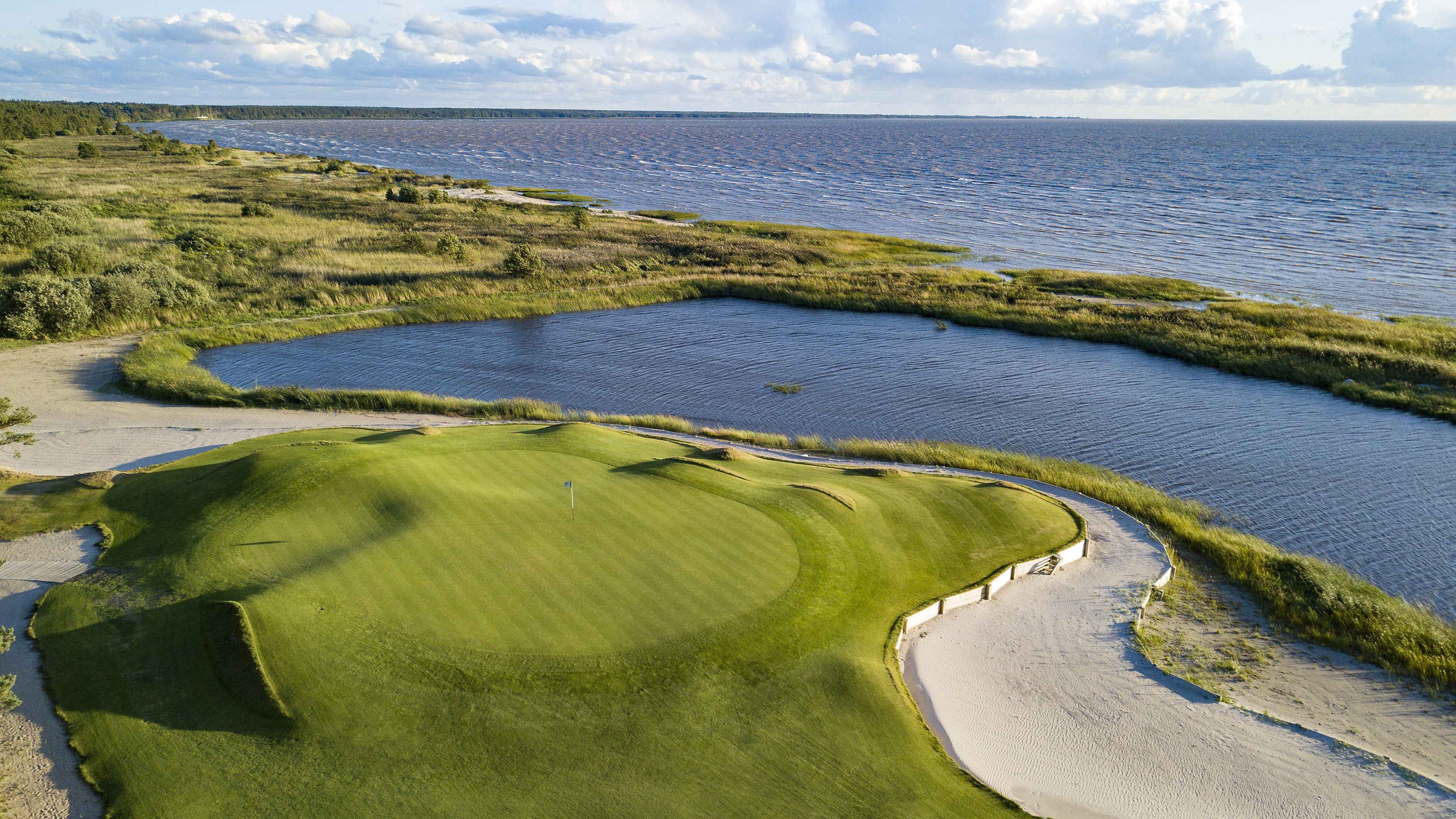
As golf continues its global march, this excellent new links just to the south of the fourth largest city in Estonia is a perfect example of what can be achieved in a less likely setting. It was designed by Finnish architect Lassi Pekka Tilander who worked with Mick McShane as the lead shaper, best known for his work on the Castle Course and at Kingsbarns. The fairways are generous, and there are vast areas of sand lining these and between the holes, as well as split-level greens.
Royal Portrush (Dunluce) - Northern Ireland

Northern Ireland has two world-class links, with plenty of golfing enthusiasts thinking that the Dunluce Course at Royal Portrush is the best in all Ireland. Originally designed by the godfather of golf course design, Harry Colt, the links received a major upgrade prior to hosting the 2019 Open. This included the creation of two excellent new holes out in the dunes; the par-5 seventh and the two-shotter that follows. These replaced what was previously an unremarkable finishing pair resulting in a course with no weaknesses.
Kingsbarns - Scotland
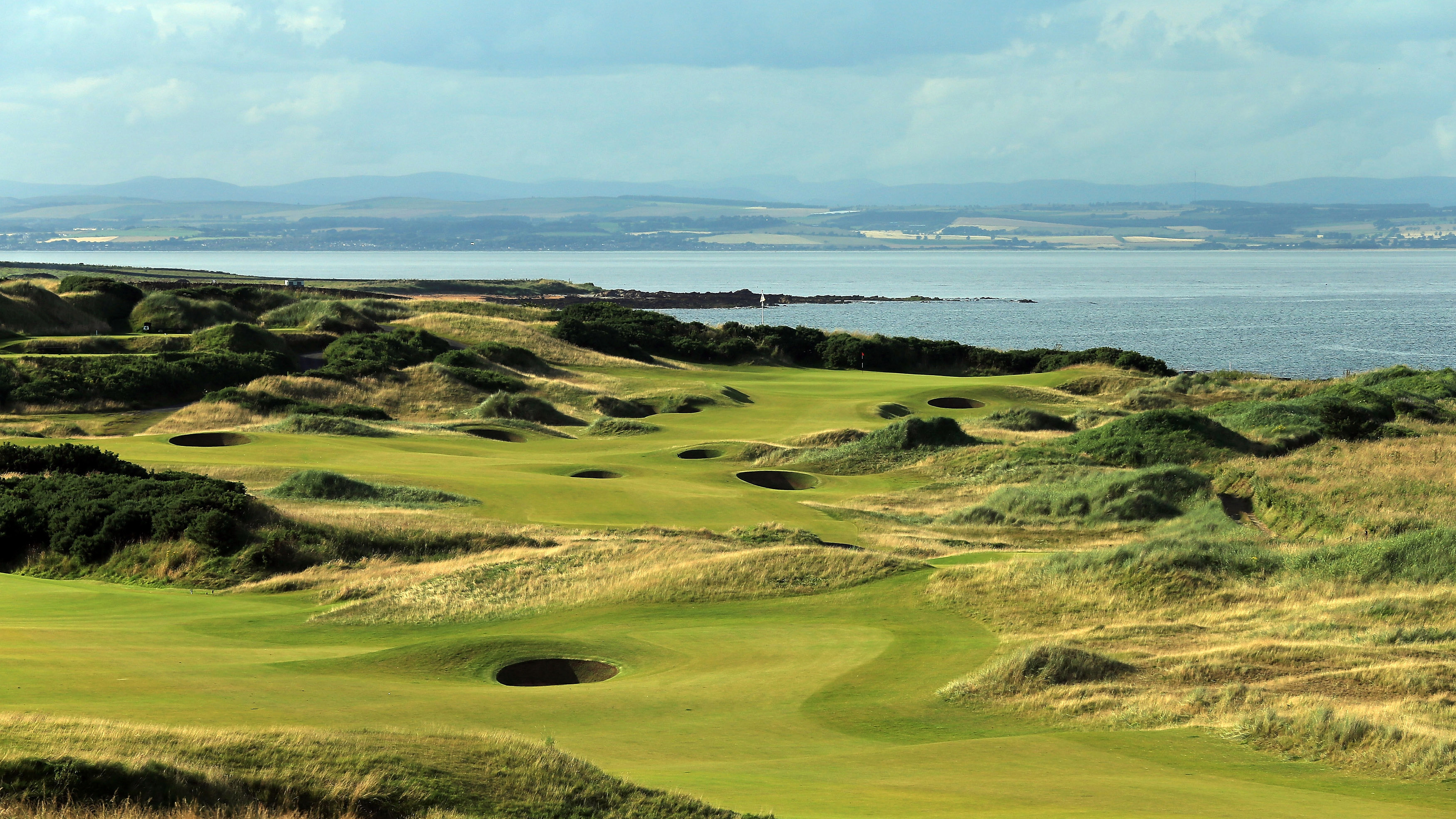
Golf was first played here as long ago as 1793, though the original course was converted to farmland in the mid-19th century. Today’s very attractive and varied layout was designed by Kyle Phillips, and it opened for play in 2000. Rather than a traditional nine-out-nine-back routing, he created three sections to the course. The majority of the holes, the clubhouse and extensive practice facilities are in the centre, while two wings are home to holes two to five and twelve to fifteen. The course continues to receive universal praise from its worldwide visitors.
Barnbougle Dunes - Australia
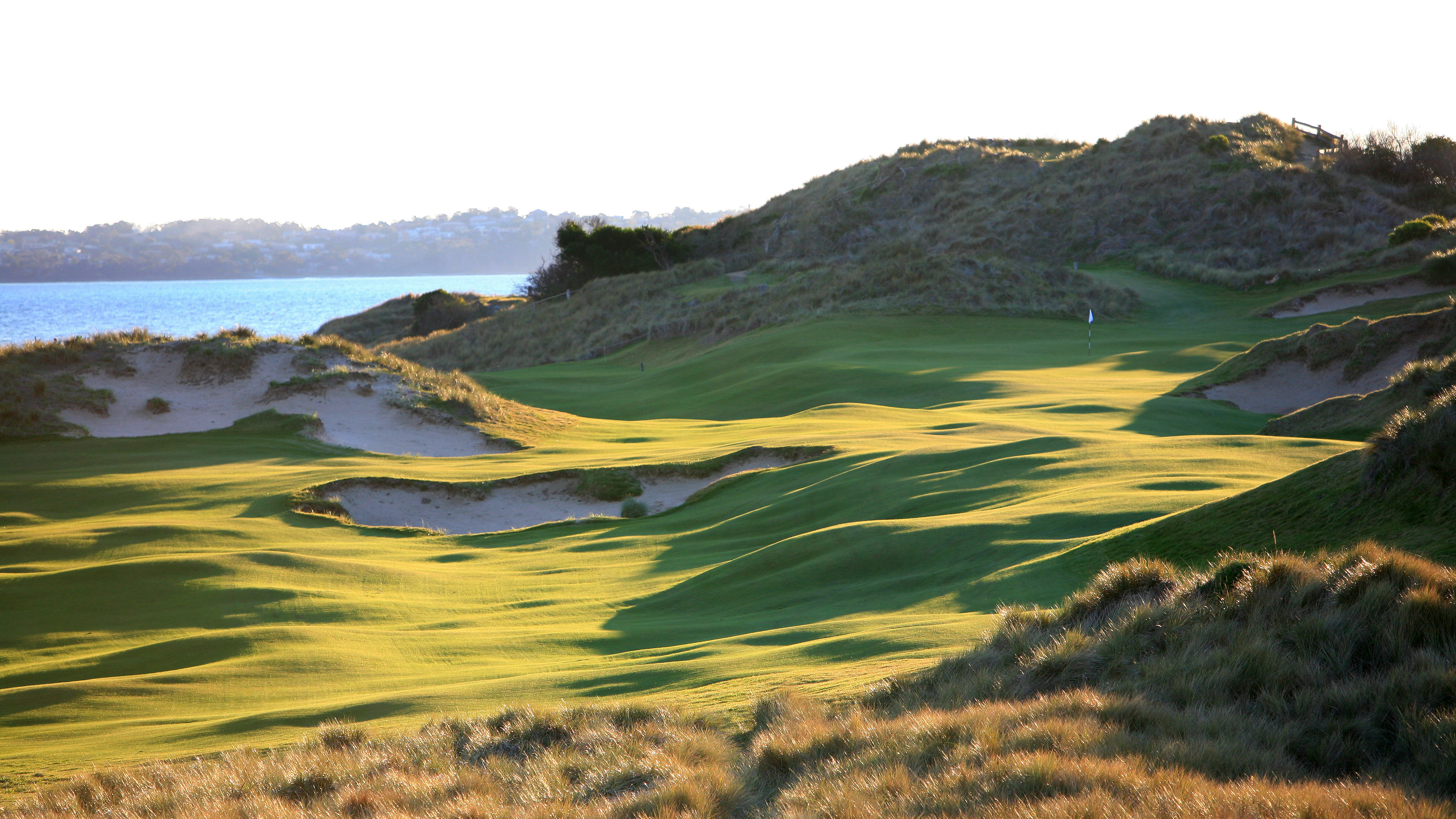
Off the coast of Australia, Tasmania is the home to many fine courses including the two fabulous links designs at Barnbougle on the north coast. The Dunes was designed by Tom Doak and Mike Clayton and opened for play in 2004. It is blessed with a stunning setting and is already considered to be one of the finest courses in the world. Many of the holes run parallel to the beach or the river, and the rumpled land is just perfect for golf. Immediately over the river, Lost Farm was designed by Coore and Crenshaw and is surprisingly and pleasingly different in nature.
Carnoustie (Championship) - Scotland

The Championship Course at Carnoustie is one of the very toughest courses on the Open roster. There are plenty of highlights such as the par-5 sixth, Hogan’s Alley, and the Spectacle bunkers that sit 65 yards short of the green on the fourteenth. There is also a super-tough climax that starts with a mammoth par 3, the sixteenth, and then two closing par 4s where you must cross the Barry Burn no fewer than five times. A 3-4-4 finish will feel like three under par.
Ballybunion (Old) - Ireland
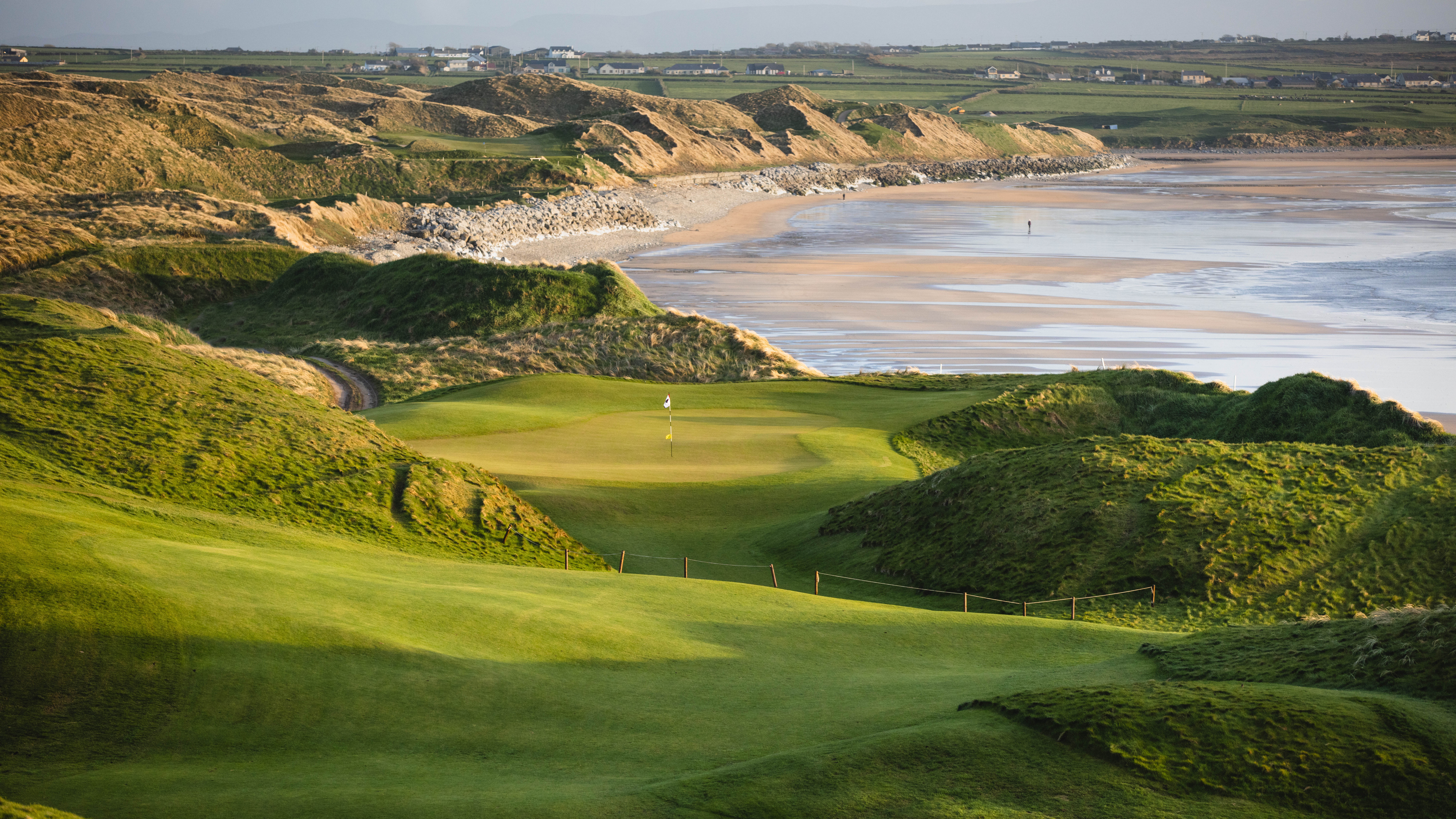
Founded back in 1893, Ballybunion Golf Club has long held a worldwide reputation that draws in golfing pilgrims from near and far. Situated on Ireland’s rugged and beautiful Atlantic coast in County Kerry, the opening holes offer a reasonably gentle easing into the round. Things really take off from the 7th hole onwards, as just about all the way you enjoy a thrilling and very scenic adventure through the dunes. Some of the holes cling precariously to the cliff-tops, while others duck and dive their way along and through the sandhills.
West Cliffs - Portugal
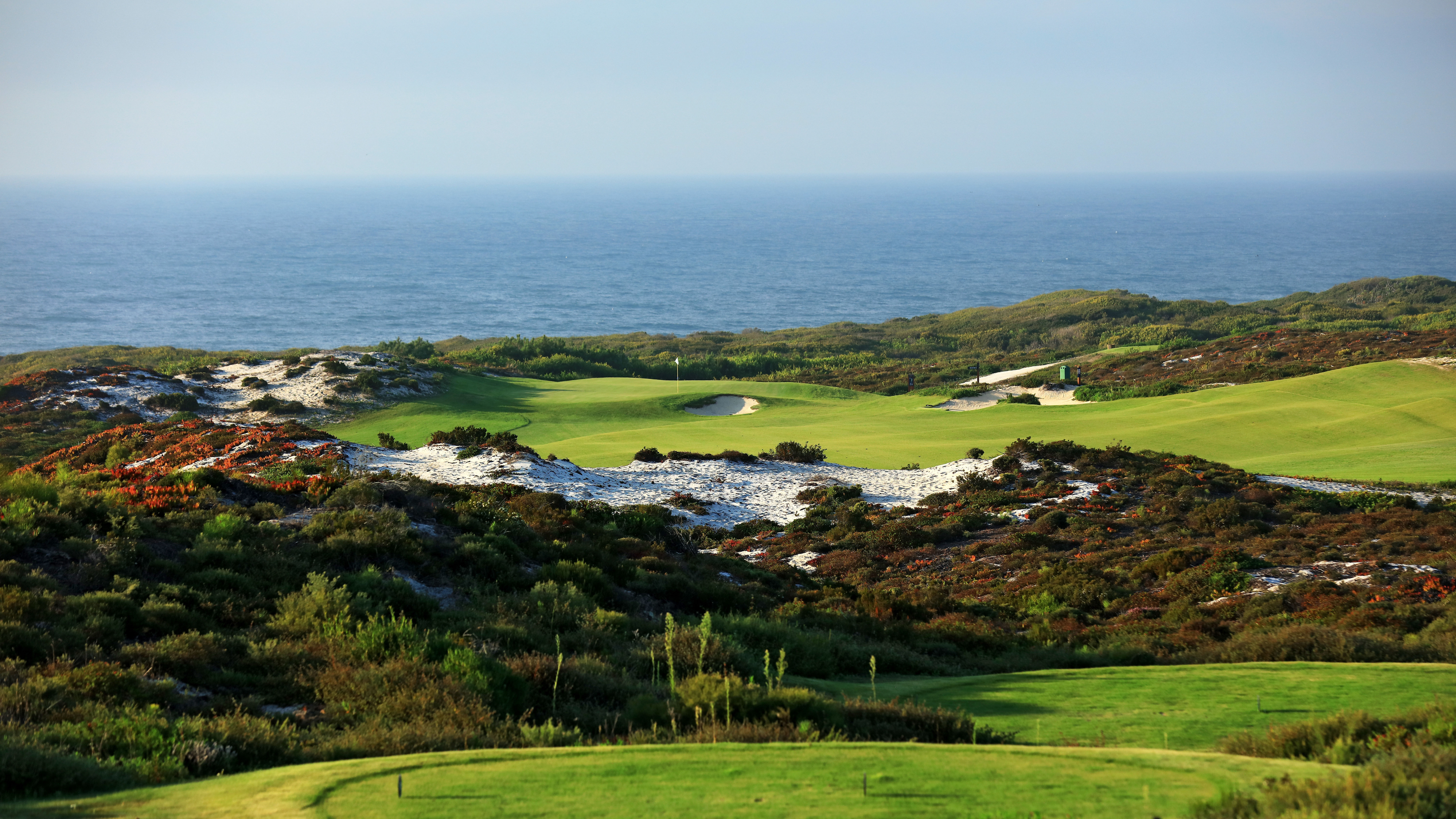
Bordering the Ballesteros design at Royal Obidos, West Cliffs is a spectacular addition to the treasure trove of golf on offer in Portugal. This Cynthia Dye design opened in 2017 and has already established itself as one of the leading courses in mainland Europe. It is carved out of pine forest and runs up and down the hillsides just in from the coast an hour or so from Lisbon. This means that a buggy might be welcome, but the elevated setting means there are terrific views down over the course and out to sea.
Muirfield - Scotland
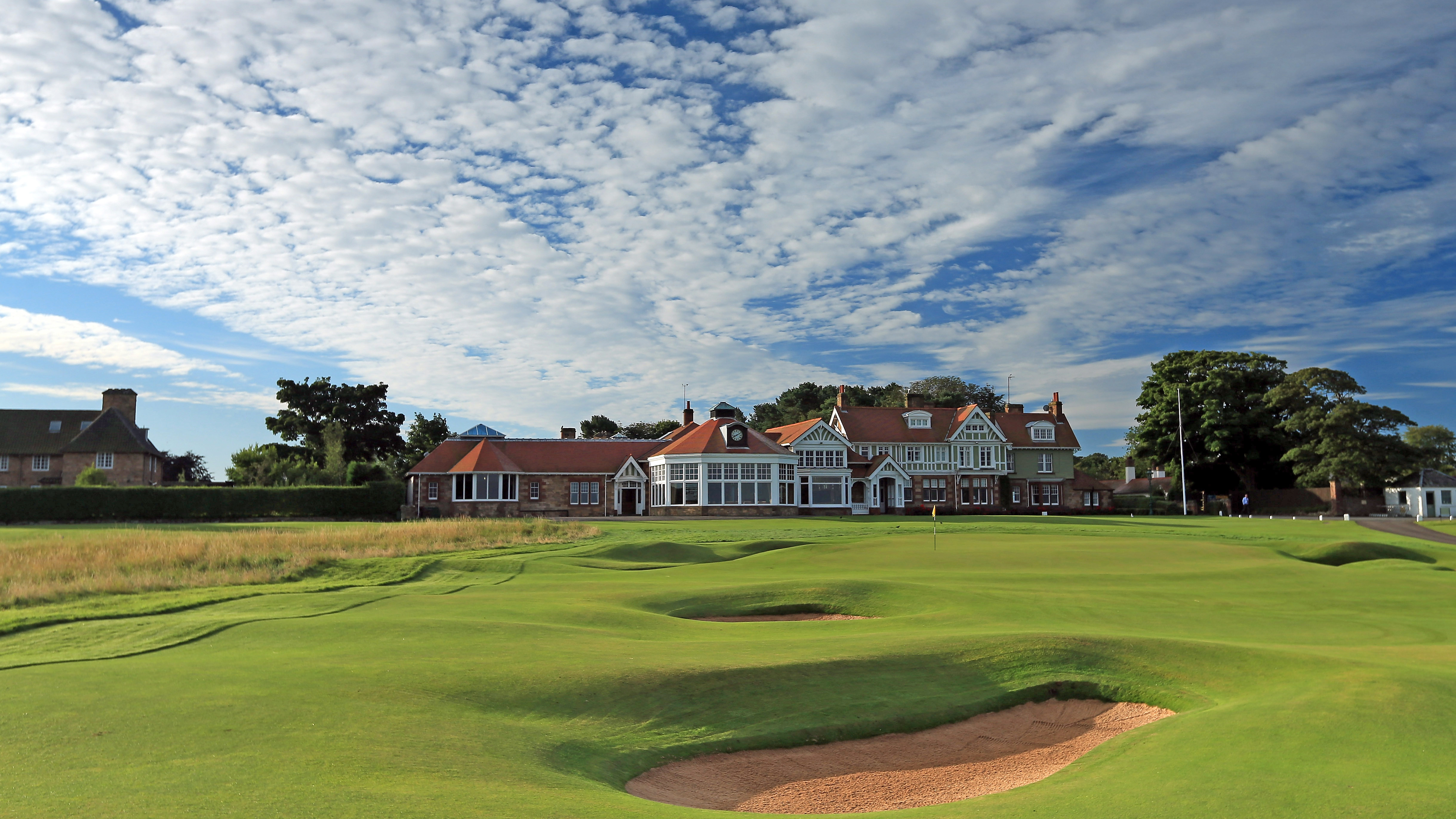
While the Old Course at St Andrews has unique features and even eccentricity, Muirfield does not. This magnificent and historic links is quite simply one of the very finest and fairest hosts on the Open Championship roster. Its subtle, flowing and grand-scale design is packed with some of the very best bunkering anywhere, as well as excellent greens. There is no signature hole at Muirfield, the home of the Honourable Company of Edinburgh Gentlemen, or perhaps there are eighteen them! In a sublimely golf-rich area, this one tops the charts.
Tara Iti - New Zealand

Just up the road from the two precocious youngsters at Te Arai, Tara Iti is a Tom Doak wonder-course that opened for play in 2015 and is frequently ranked as the number one layout in New Zealand. It lies between towering sand dunes and the islands of the Hauraki Gulf, overlooking one of the nation’s prime surfing beaches. It would be hard to tell now, but the site was previously heavily wooded. Much of what was felled was then buried to help enhance the undulating and spectacular dunes, through which the fabulous course meanders.
Royal County Down (Championship) - Northern Ireland

Founded in 1889, this wild and magnificent links was built because the development of the railway had made the neighbouring town of Newcastle a desirable seaside resort. James Braid, JH Taylor and Harry Vardon all visited in the early 1900s to advise on improvements, and the royal prefix was bestowed in 1908. The Mountains of Mourne serve as a towering backdrop to one of the most photogenic links in the world. Heather and gorse dominate, there are blind shots with which to contend, and as far as links golf goes, this is as distinct and memorable as it gets.
Bandon Dunes (Bandon Dunes) - USA
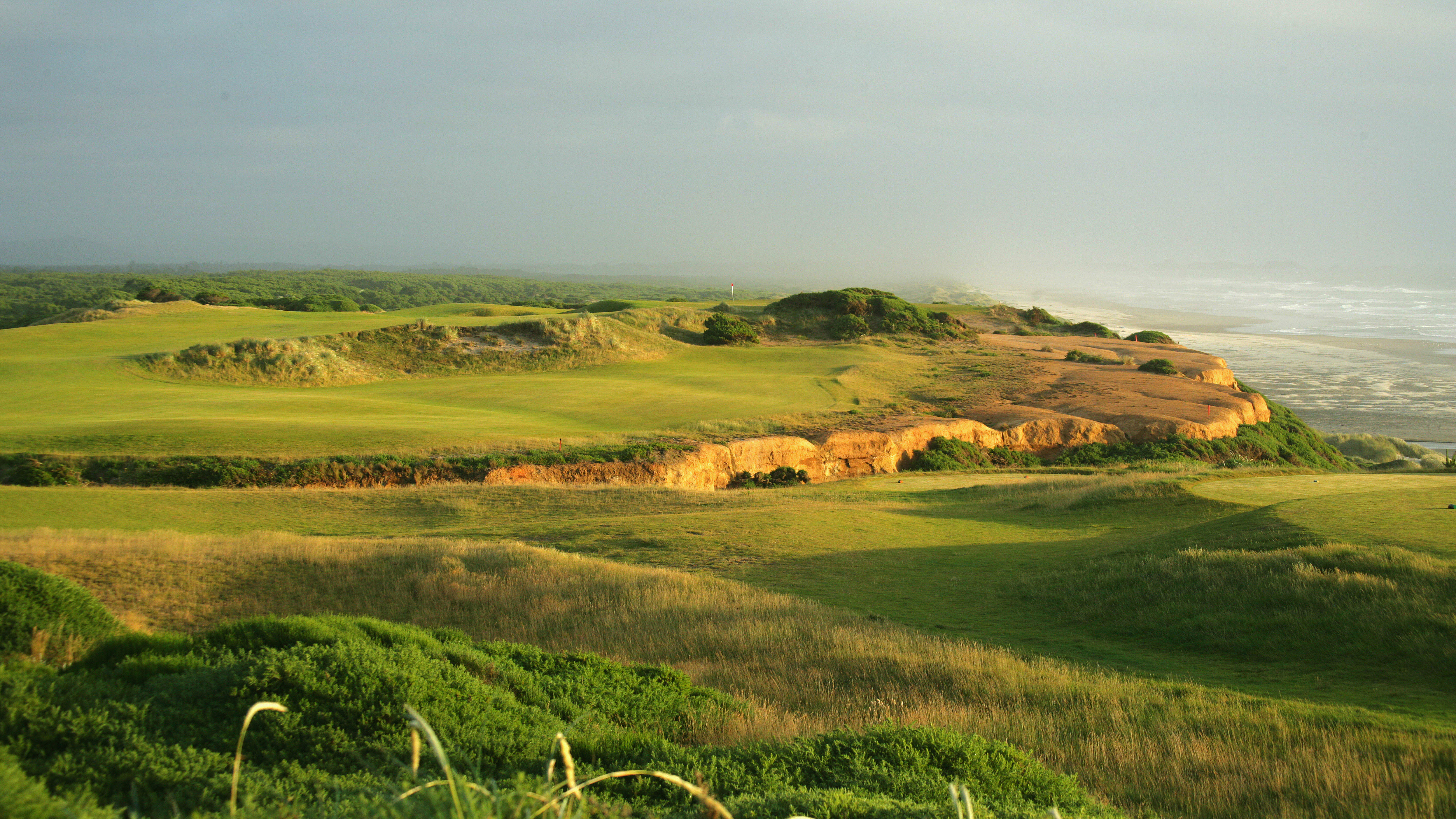
The fabulous and expansive resort of Bandon Dunes is a complete golfing destination in its own right. There is more than enough top quality golf on offer to satisfy the most demanding enthusiast, with five magnificent 18-hole layouts and much more. Laid out over rugged cliff-tops and dunes, the original Bandon Dunes course was designed by David McLay Kidd and opened for play in 1999. It has huge greens and paved the way for all that was to follow.
Royal Dornoch (Championship) - Scotland
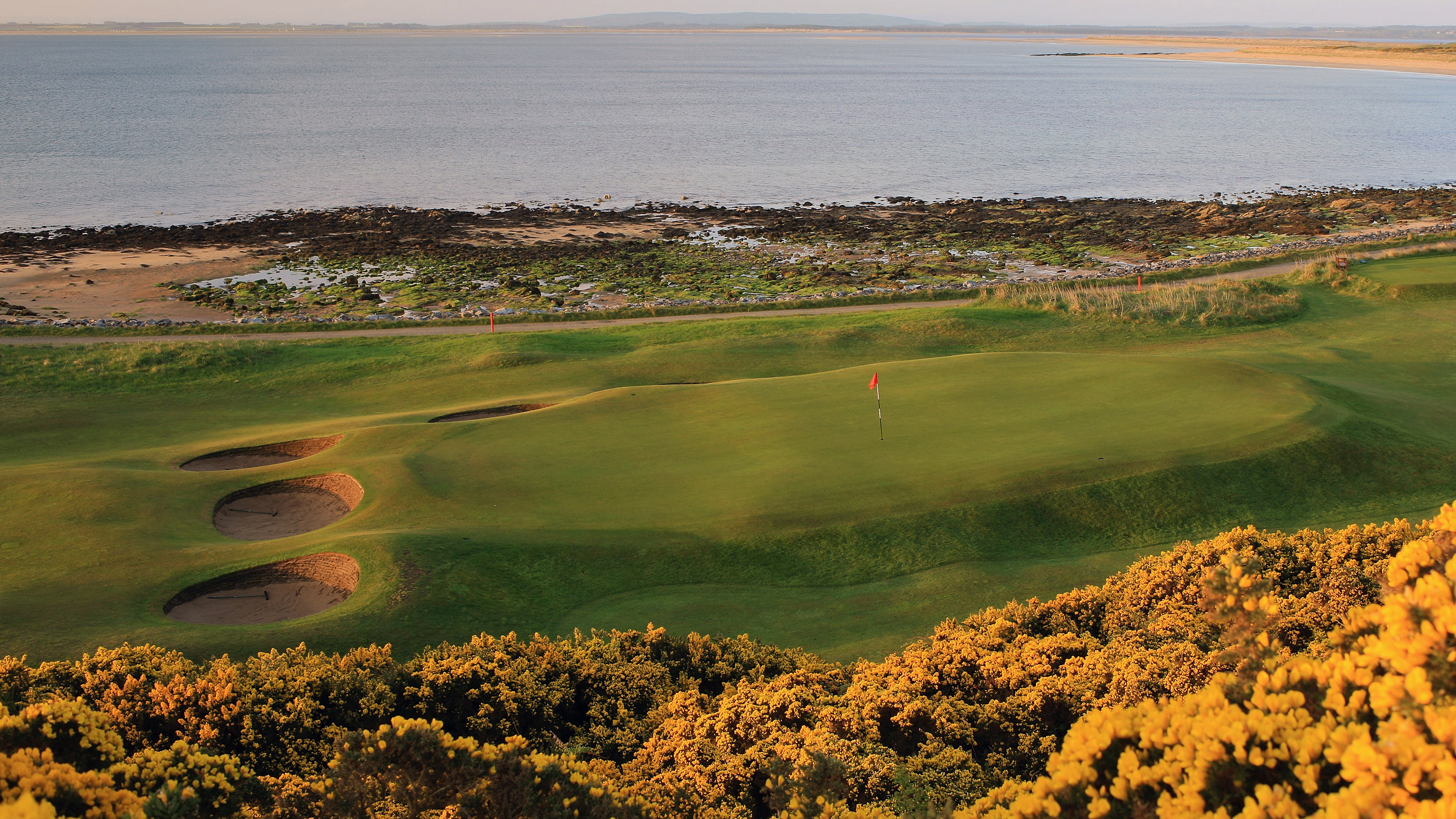
This is a world-famous links that attracts golfing pilgrims from all over the globe. It runs over a scarily narrow strip of undulating linksland that is bordered by a glorious beach. The routing is a traditional, out-and-back design, and it is a superb test of golf that will reward accuracy but punish mistakes. Not resting on its laurels, there is a comparatively new seventh hole and revised eighth, and when the wind is up, the course is very tough indeed. Packed with gorse and broom, this is one of the most highly-rated links in the world.
Royal Birkdale - England
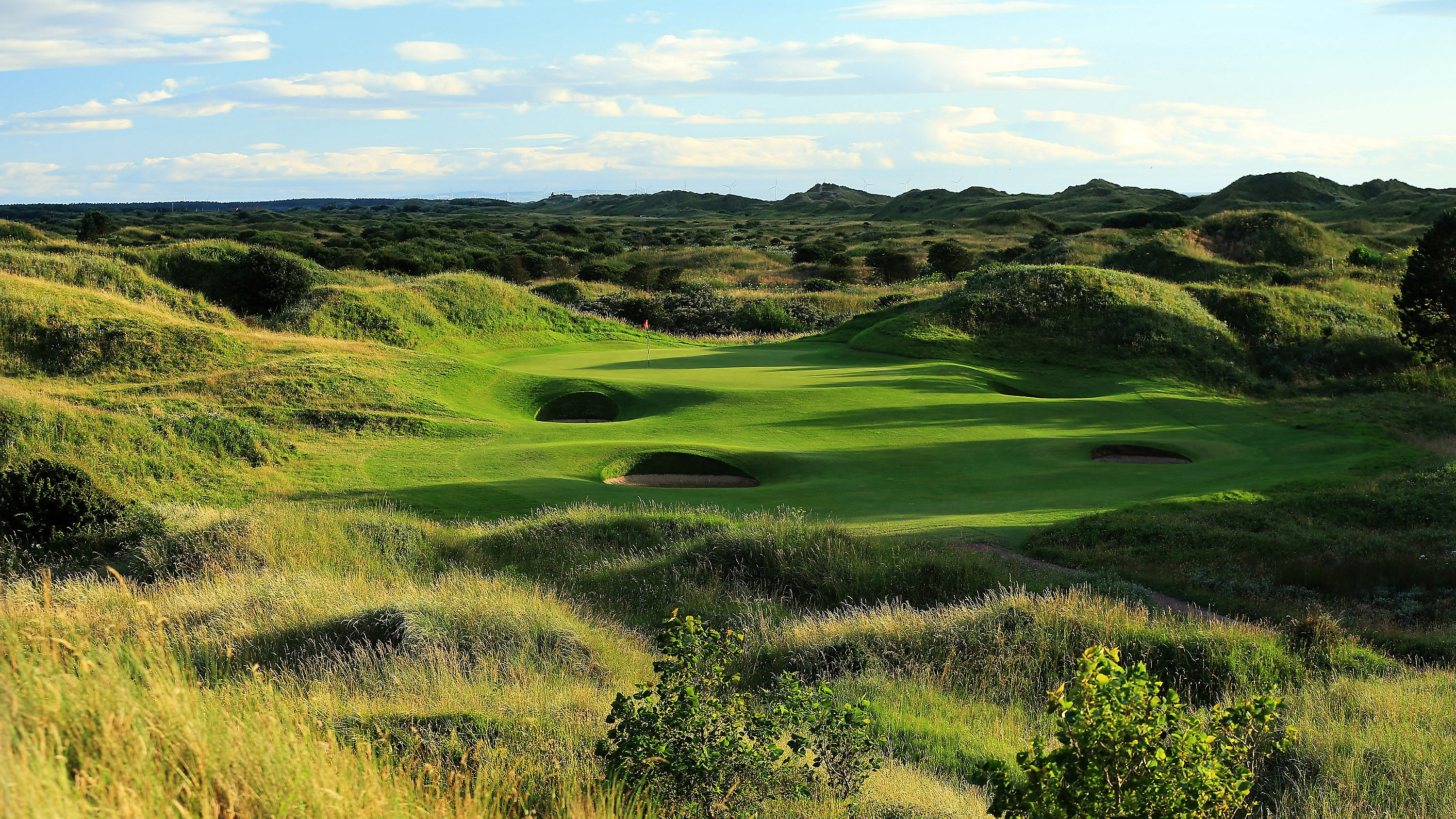
Home to what is widely regarded as the leading course in England, Royal Birkdale Golf Club has hosted the Open Championship no fewer than ten times. Less well-known is that back in the day, it also staged not one but two Ryder Cups. This wonderful and very engaging links is blessed with some of the finest dunes in the country. The original design philosophy was to route the holes though the dunes rather than over them. The result is, and will certainly remain, a perfectly honest test that rewards good strategy and execution. For such a supreme test, it is also both very playable and very enjoyable.
Royal Melbourne (West) - Australia
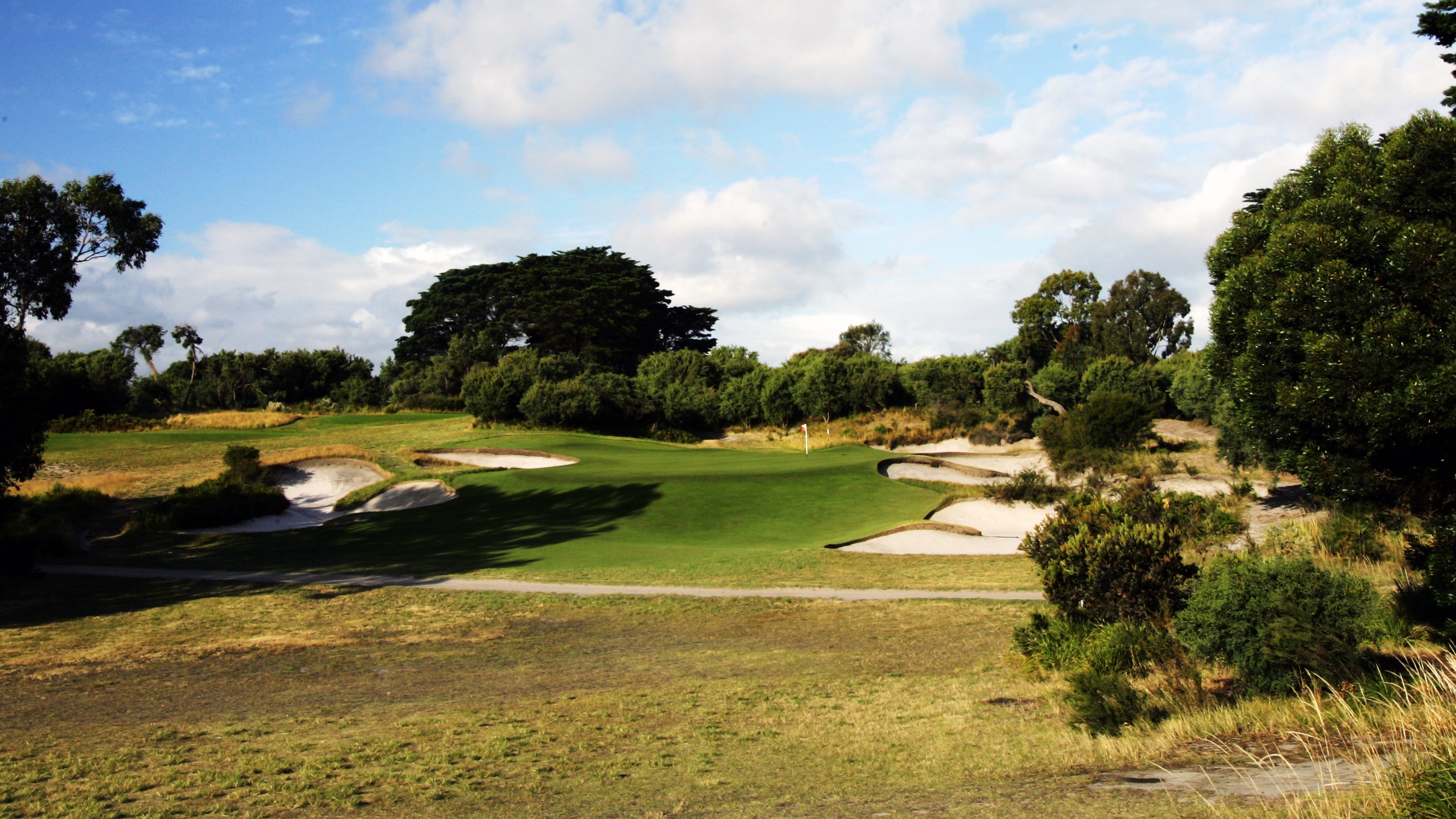
The magnificent West Course at Royal Melbourne is one of two at the club that ride consistently high in the Australian charts with the West regularly up at number one. It was designed by Alister MacKenzie and opened for play in 1931. There is plenty of dramatic change in elevation, all of it running over fertile sandy soil. Despite the bold bunkering, there is still a natural and rugged appearance, and the greens are rated as the finest putting surfaces in the country. MacKenzie designed them to be progressively more difficult depending on how far the approach has strayed from the perfect line.
St Andrews (Old Course) - Scotland

This is quite simply the most famous golf course in the world, topping the bucket list for more golfers than any other. No matter what you may think of textbook golf course architecture, here you will find more atmosphere, more drama, more history, and more shivers down the spine than at any other course. There are just two par 5s and two short holes, yet despite this the variety is endless. With so many unfamiliar lines and the subtlest of greens, and with so many stories to be told, the best advice is to take a caddy.







